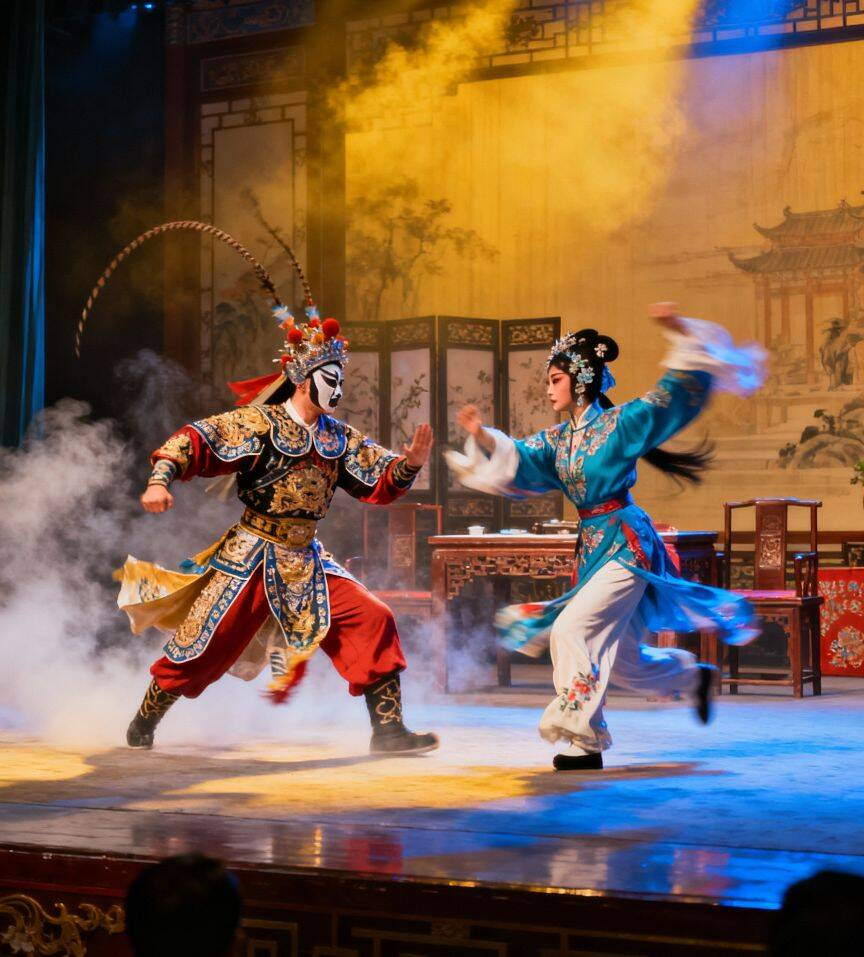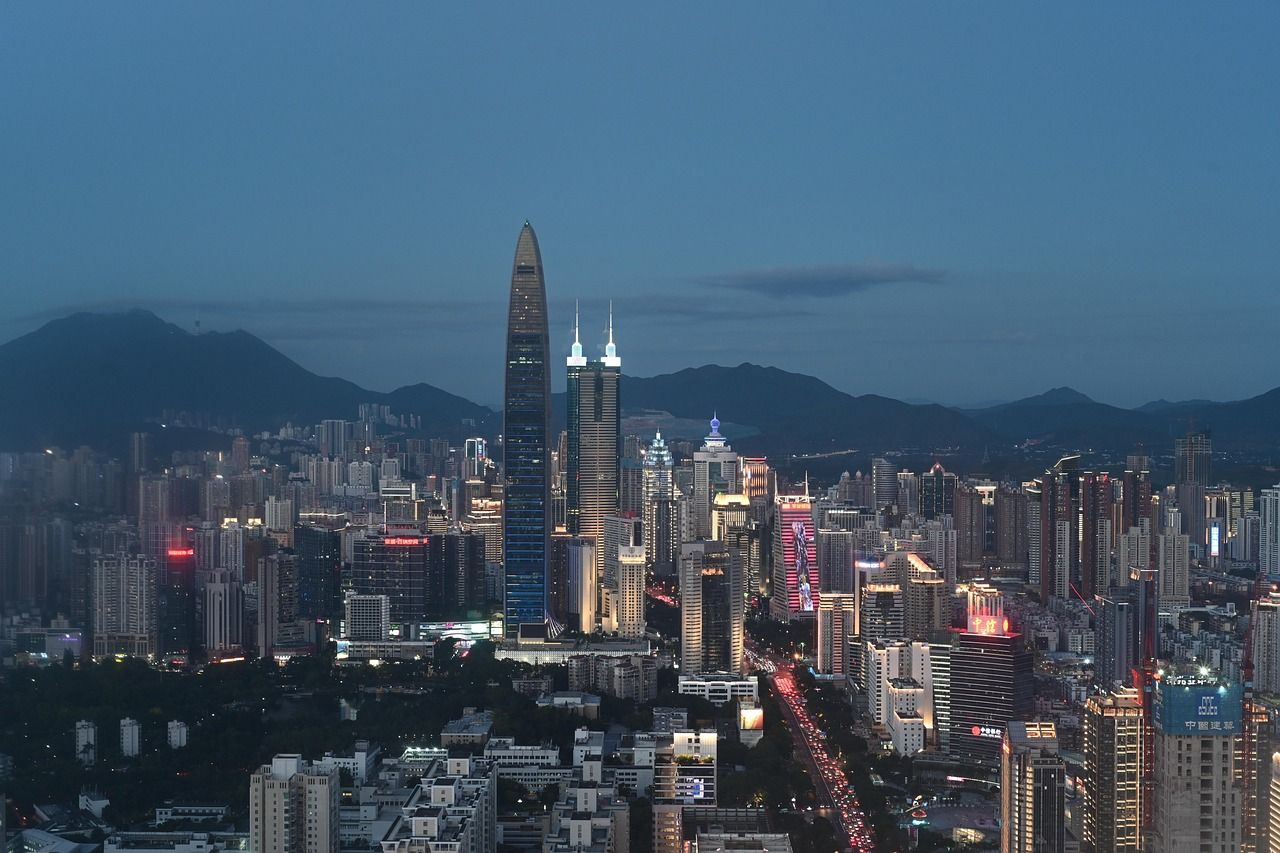Nestled in the heart of Hunan Province, Changsha is a city where ancient traditions dance with contemporary dynamism, offering foreigners an immersive journey through time and culture. Let’s unravel the charms of this remarkable destination by exploring its historic roots, cultural treasures, culinary delights, practical travel tips, and urban vibrancy.
Historical Backdrop: Where Civilization Blooms
Changsha boasts a history spanning over 3,000 years. It was a pivotal political and cultural hub in ancient China, most famously known as the capital of the Chu State during the Warring States period. The Mawangdui Han Tombs, a world-renowned archaeological site, unveiled astonishing relics like the well-preserved mummy of Lady Dai and exquisitely woven silks—testaments to the city’s advanced civilization over 2,000 years ago. These tombs are not just a window into ancient Chinese life but a bridge connecting modern visitors to a bygone era.
Cultural Gems: From Heritage to Modern Art
As a cradle of Hunanese culture, Changsha is home to numerous attractions that showcase its artistic and spiritual legacy.
Yuelu Academy, one of China’s oldest academies (founded in 976 AD), stands on the slopes of Yuelu Mountain. It was a breeding ground for scholars and thinkers, embodying the essence of Confucian education. Today, it remains a symbol of intellectual pursuit.

For art enthusiasts, the Changsha Museum and Hunan Museum (home to the Mawangdui artifacts) offer immersive exhibitions on local history, art, and folk customs.
Don’t miss the Orange Isle (Juzizhou), a scenic island in the Xiang River. The giant statue of Mao Zedong, a native of Hunan, overlooks the river, making it a significant historical and cultural landmark.

Culinary Adventure: Spicy Delights of Local Food
Hunan cuisine is famous for its bold flavors, and Changsha is the perfect place to dive into its local food scene.
Stinky Tofu (Chou Doufu): Love it or hate it, this fermented tofu dish is a street food icon. Crispy on the outside, tender inside, and paired with a spicy sauce—an unforgettable taste!

Sour and Spicy Rice Noodles (Suan La Fen): A breakfast staple, these noodles are tangy, spicy, and loaded with fresh ingredients like pickled vegetables and peanuts.
Braised Pork with Preserved Vegetables (Mei Gan Cai Kou Rou): A hearty dish where fatty pork melts in your mouth, balanced by the saltiness of preserved greens—pure comfort food.Head to Huangxing Road Walking Street or Taiping Old Street to sample these delights and more!

Practical Information for Travelers
Planning a trip? Here’s some practical info:
Transportation: Changsha Huanghua International Airport connects the city to major global destinations. Within the city, the metro system is efficient, and ride-hailing apps like DiDi work seamlessly.
Language: While Mandarin is the official language, many service staff in hotels, restaurants, and attractions can communicate in basic English. Download a translation app for extra convenience.
Currency: The Chinese Yuan (CNY) is used. Credit cards are accepted in most hotels and malls, but carry cash for street markets and smaller shops.
Province and City: A Glimpse of Hunan
Changsha is the capital of Hunan Province, known as the “Land of Fish and Rice.” Beyond the city, Hunan offers stunning natural landscapes like Zhangjiajie’s otherworldly mountains (inspiration for Avatar’s Pandora) and Fenghuang’s ancient town. But Changsha itself is a microcosm of Hunan’s spirit—bold, creative, and deeply rooted in tradition.
Whether you’re a history buff, foodie, or culture seeker, Changsha welcomes you with open arms. Come explore this city where every corner tells a story, and every bite sparks a new adventure!








